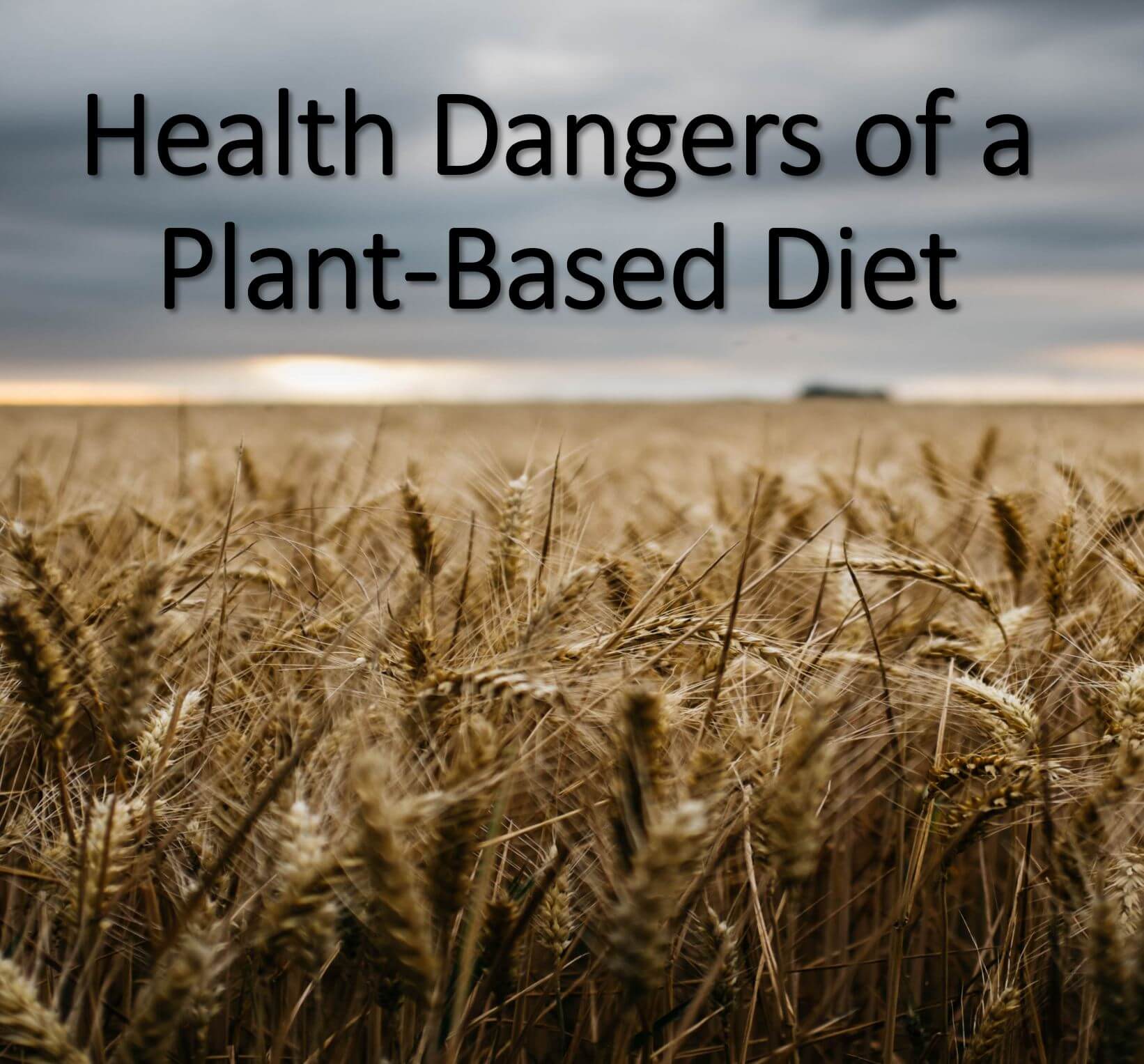
MyPlate's food groups will help you, no matter if you're just starting to eat healthier or if your looking for ways to improve your eating habits. This guide will teach you about the foods that you should eat, how they are nutritious, and how much. To learn more about each group's contribution to healthy eating habits, you can visit the ChooseMyPlate site. This website provides detailed nutrition guidelines and customized tools to help you keep track of your eating habits.
Grains are foods made from whole grains, such as brown rice, brown bread, and oatmeal. These foods contain complex carbohydrate and fiber. They also contain B vitamins. These vitamins help the body create energy, maintain nerve and blood cell health, and aid in regulating blood sugar levels. They also contain vitamin E, which is vital for the nervous system and skin.
The MyPlate green section represents the fruits & vegetables group. Fruits can come in fresh, frozen or canned form. They are rich sources of fiber and other essential nutrients. They are also rich in vitamins A and C. These vitamins aid the body to heal wounds and grow new cells. These nutrients are also important for healthy eyes and skin.

The purple part of the MyPlate design shows the Protein Group. You can get protein both from animal and vegetable sources. Protein should make up at least one third of your plate. It should consist of lean meats, poultry and low-fat dairy products. These foods are delicious raw or cooked. Aim to eat at least 8 ounces of seafood each week.
Dairy Group offers calcium-rich foods that help bones grow and strengthen. Dairy Group also includes all kinds of milk. These foods must be low-fat and/or fat-free. You will need research to find the foods that contain calcium to ensure your bones are strong.
The Nutrition Facts panel can help you find foods low in fat. Many foods are high in added sugars. It's a smart idea to slowly reduce your sugar intake. You can also replace sugary soft drinks with sugar-free alternatives. To learn more about each food group, you can visit the ChooseMyPlate site. It will also help you to choose low-sodium versions of foods.
The MyPlate design suggests that you eat half vegetables and fruits. Plant-based foods should make up two-thirds your plate. The amount that you should eat is dependent on your age and gender as well as your level of physical activity. You should also be careful about your sodium intake. High blood pressure is linked to heart disease and stroke. Your daily sodium intake should not exceed 2,300 milligrams. Also, choose foods with lower levels of saturated and trans fats.

You should also be sure to eat at least two-thirds of your plate with whole grains. These foods naturally contain low amounts of fat.
FAQ
What are 10 healthy habits you can adopt?
-
Eat breakfast every day.
-
Don't skip meals.
-
Eat a balanced, healthy diet.
-
Drink plenty of water
-
Take care of yourself.
-
Get enough sleep.
-
Avoid junk food.
-
Do some form of exercise daily.
-
Have fun
-
Make new friends.
What's the difference between a virus & a bacterium?
A virus can be described as a microscopic organism incapable of reproducing outside its host cell. A bacterium is a single-celled organism that reproduces by splitting itself in two. Viruses measure only 20 nanometers in diameter, but bacteria is up to 1 millimeter in size.
Viruses spread easily through contact with bodily fluids infected, including saliva and urine, semen, vaginal secretions or pus. Bacteria is usually spread directly from surfaces or objects contaminated with bacteria.
Viral infections can be transmitted through skin cuts, scrapes and bites. They may also enter through the nose, mouth, eyes, ears, vagina, rectum , or anus.
Bacteria can be introduced to our bodies by cuts, scrapes or burns. They can also be introduced to our bodies by food, water and soil.
Viruses and bacteria both cause illness. However, viruses cannot reproduce within their hosts. Viral infections can only cause diseases in living cells.
Bacteria can cause illness by multiplying in the body. They can even invade other parts of the body. They can even invade other parts of the body, which is why antibiotics are necessary to eradicate them.
How often should you exercise?
Fitness is key to a healthy lifestyle. However, there isn't a set amount of time you must spend working out. Find something you like and stay with it.
If you exercise three times a week then aim for 20-30 mins of moderate intensity. Moderate intensity means you'll be breathing hard long after you're done. This type of exercise burns approximately 300 calories.
You can walk for 10 minutes every day if that is what you prefer. Walking is easy on the joints and has low impact.
Jogging is an alternative to running. You can do it for as little as 15 minutes each day. Running is a great way to burn off excess calories and build muscle tone.
Start slowly if you aren't used to doing exercise. Begin with 5 minutes of cardio every other day. Gradually increase your cardio time until you reach the goal.
What are the 7 best tips for a healthy and happy life?
-
Make sure you eat right
-
Exercise regularly
-
Good sleep
-
Drink plenty of fluids.
-
Get enough rest
-
Be happy
-
Smile often
What is the problem?
BMI stands for Body Mass Index, which is a measurement of body fat based on height and weight. This formula calculates BMI.
Add weight in kilograms to height in meters squared.
The result can be expressed as a number, ranging from 0 through 25. Scores between 0 and 25 indicate obesity. Scores higher than 18.5 are considered overweight. Scores higher than 23 are considered obese.
A person who is 100kg and 1.75m tall will have a 22 BMI.
Statistics
- WHO recommends reducing saturated fats to less than 10% of total energy intake; reducing trans-fats to less than 1% of total energy intake; and replacing both saturated fats and trans-fats to unsaturated fats. (who.int)
- The Dietary Guidelines for Americans recommend keeping added sugar intake below 10% of your daily calorie intake, while the World Health Organization recommends slashing added sugars to 5% or less of your daily calories for optimal health (59Trusted (healthline.com)
- This article received 11 testimonials and 86% of readers who voted found it helpful, earning it our reader-approved status. (wikihow.com)
- Extra virgin olive oil may benefit heart health, as people who consume it have a lower risk for dying from heart attacks and strokes according to some evidence (57Trusted Source (healthline.com)
External Links
How To
How to Keep Your Body Healthful
This project had the main purpose of providing suggestions for how to maintain your health. It is important to know what you should do in order to maintain good health. This meant that we had to determine what was best for our bodies. We then looked at different ways in which people try to improve their health and we found out that there were many things that could help us. We finally came up with some tips to help us be happier and healthier.
We began by looking into the various types of food we eat. We discovered that some foods are not good for us and others are better. For example, we know that sugar is very unhealthy because it causes weight gain. Fruits and vegetables, on the other hand are healthy because they are rich in vitamins and minerals that are vital for our bodies.
Next, we looked at exercise. Exercise is good for our bodies and gives us energy. It also makes us feel happy. There are many types of exercise that you can do. Some examples include walking, running, swimming, dancing, playing sports, and lifting weights. Yoga is another great way to build strength. Yoga is great for flexibility and improving breathing. If we want to lose weight, we should avoid eating too much junk food and drink plenty of water.
Let's talk about sleep. We need to sleep every night. Lack of sleep can lead to fatigue and stress. This leads to problems such as headaches, back pain, depression, heart disease, diabetes, and obesity. It is essential that we get sufficient sleep in order to keep our health good.